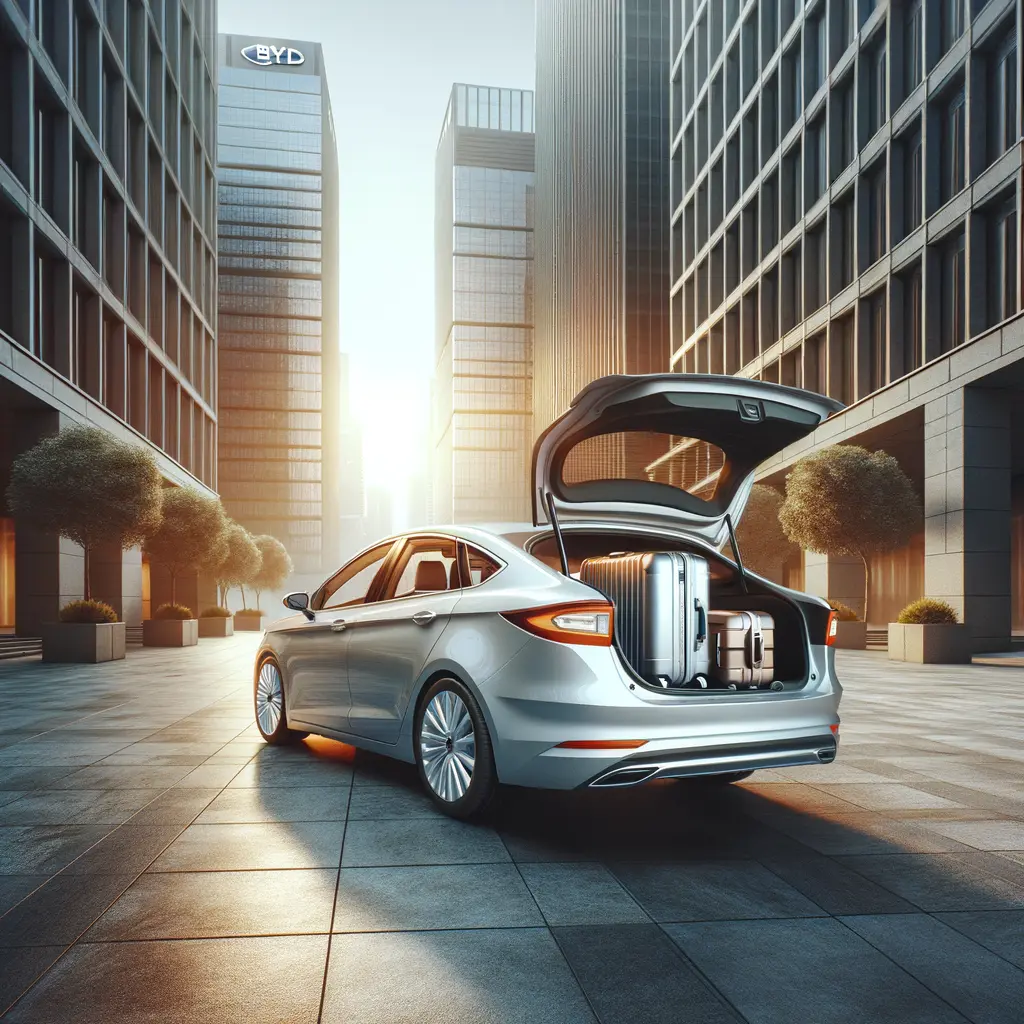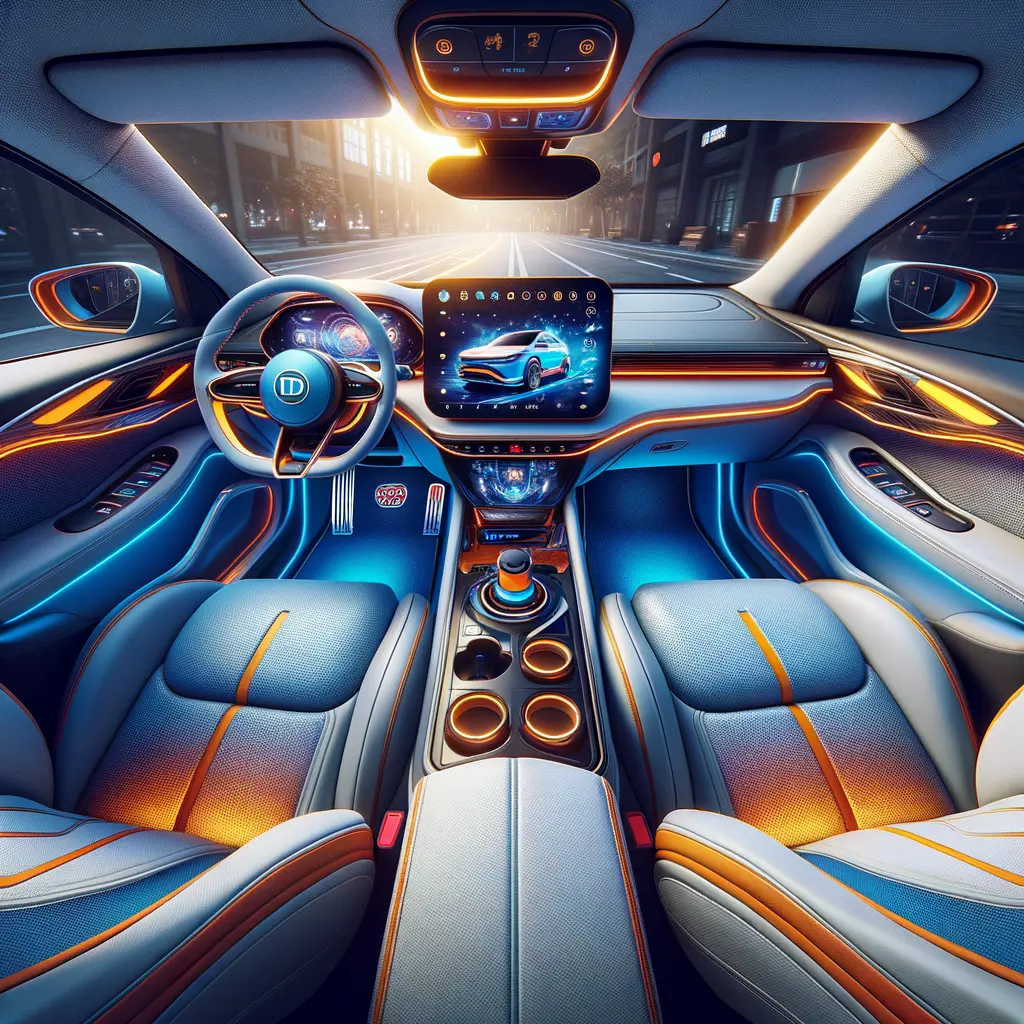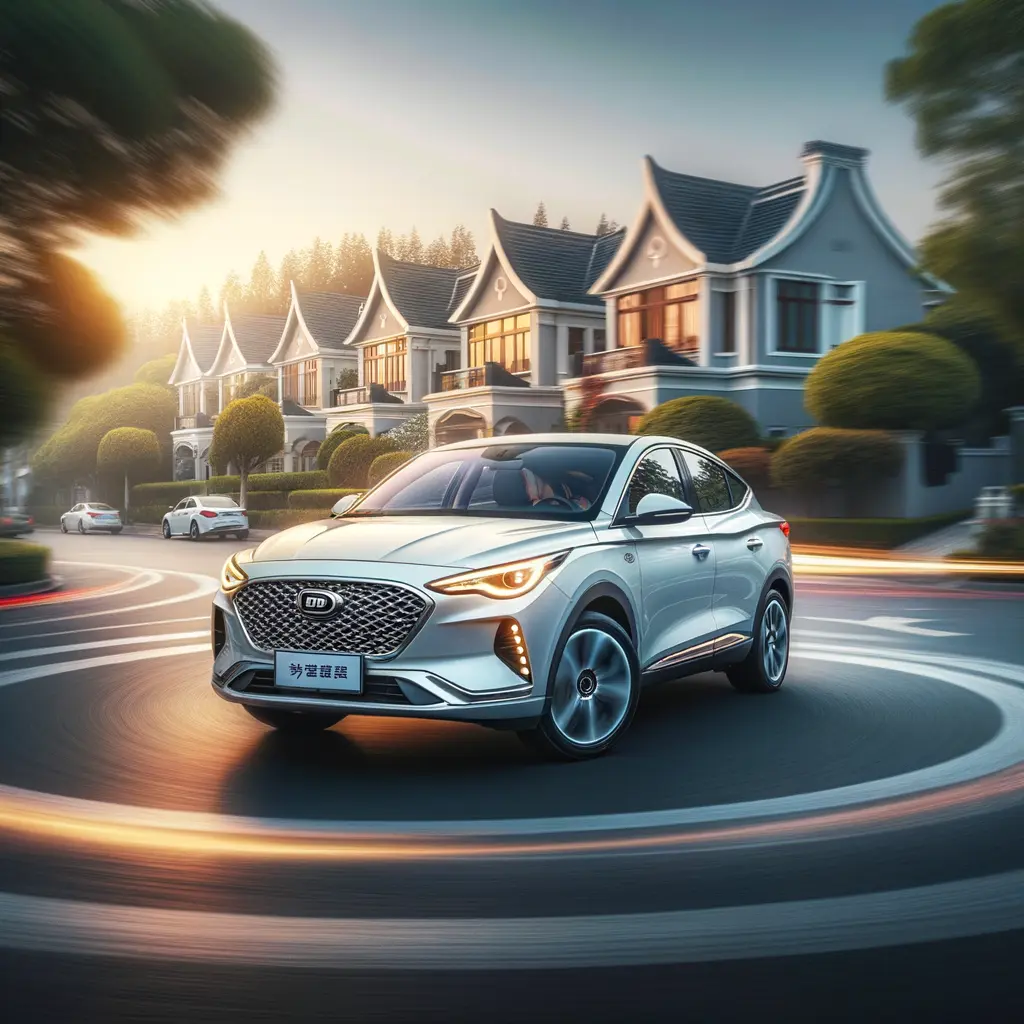Why the BYD Seagull Could Redefine the Cheap Electric Car
Welcome to our comprehensive BYD Seagull review—a deep dive into the pint-sized hatch that has social media buzzing. Until now, shoppers hunting for a cheap electric car have had to compromise on either quality or driving range. The 2025 Seagull changes that narrative by combining BYD’s Blade battery tech, clever packaging and eye-catching styling in a body that’s shorter than a Mazda2. In China it starts below US$11,000, and industry insiders suggest a mid-AU$20K sticker if it lands locally—figures that would instantly make it the most affordable EV on sale. Beyond the headline BYD Seagull price, buyers want to know whether this city runabout feels like a toy or a genuinely practical daily driver. Over the next sections we’ll explore its design, interior tech, battery options, and driving impressions, using real-world data and feedback from the Shanghai launch track session. If you’re also researching the BYD Dolphin or looking for an affordable EV charger installation guide, stick around—plenty of useful links await. By the end of this article you’ll know if the BYD Seagull deserves a place on your short list, and whether its spec sheet stacks up against other cheap electric car contenders.

Compact Styling and Dimensions: How Small Is Too Small?
At just 3.78 m long and 1.54 m wide, the Seagull is shorter than a Volkswagen Up yet taller than most micro hatches, delivering a surprisingly spacious cabin. Sharp LED headlights, clamshell bonnet lines and a wrap-around rear light bar give it genuine showroom presence—worlds apart from the anonymous styling of many budget city cars. BYD’s designers also hid aerodynamic tricks in plain sight: a smooth under-tray, flush door handles and 16-inch aero wheels contribute to a respectable 0.33 Cd drag figure, helping maximise the BYD Seagull range on open roads. Practicality hasn’t been sacrificed either. Pop the tailgate and you’ll uncover 230 L of boot space—enough for two carry-ons—with a deep under-floor cubby for the tyre repair kit and charge cables. Although the Chinese-spec car shown here lacks a 60:40 split rear bench, BYD insiders hint that export models will feature it. Safety is equally noteworthy; the ‘God’s Eye’ ADAS suite bundles AEB, lane-keep assist and adaptive cruise, though only six airbags are fitted. Whether that limits its ANCAP score remains to be seen, but remember the primary brief: an ultra-affordable EV that thrives in tight urban grids. In those terms, the packaging genius on display is difficult to fault.

Inside the Seagull: Tech-Heavy, Surprisingly Roomy Cabin
Step through the wide-opening doors and the Seagull’s vivid two-tone dashboards instantly grabs attention. The rotating 10.1-inch infotainment screen—shared with the BYD Dolphin—runs DiLink OS, offering Apple CarPlay, Android Auto (in export spec) and even built-in karaoke. Ahead of the driver sits a 5-inch digital cluster displaying speed, BYD Seagull range estimates, tyre pressures and eco coaching graphics. Material quality is better than you’d expect at this price: soft-touch pads on the doors, contrast stitching on the seats and neatly damped toggle switches echo cars costing thousands more. Ergonomics are city-friendly too; the high roofline affords a lofty hip-point for easy entry, while rear passengers enjoy knee room rivaling a Toyota Yaris despite the Seagull’s micro footprint. Storage is smartly scattered: dual cup holders, a wireless charging pad, deep centre tray and slimline door bins swallow everyday odds and ends. USB-C and USB-A ports front and rear mean no one fights for charge cables. The only omissions? There’s no rear air vents or centre armrest in this four-seat layout, and the sunroof offered in some markets isn’t available to Australians—at least for now. Still, judged by the standards of any affordable EV, occupant comfort and tech integration score highly.
Battery Options, Charging Speeds and Real-World BYD Seagull Range
Two Blade battery packs headline the mechanical spec sheet: a 30.0 kWh unit offering an official 305 km CLTC rating, and a 38.8 kWh upgrade stretching to a claimed 405 km. Expect roughly 240 km and 320 km respectively on Australia’s stricter WLTP cycle—still enough for a full working week of 50 km returns without plugging in. AC charging is capped at 6.6 kW, translating to around five to six hours for a 10–80 % top-up on the smaller pack when using a home wall box. DC fast charging hits 30 kW (30 kWh model) or 40 kW (38.8 kWh), meaning a coffee-length 30-minute break replenishes 80 %—adequate for city errands. While those figures lag behind headline-grabbing 800-V systems, remember the BYD Seagull price target: aggressive cost control trumping outright speed. Crucially, BYD’s Lithium-Iron-Phosphate chemistry is renowned for longevity and thermal stability, so owners can fast-charge daily with minimal degradation. A heat-pump is fitted as standard in colder regions, mitigating winter range losses by up to 15 %. If you’re comparing specs, check out our deep dive on the BYD Atto 3 charging curve; many lessons learned there trickled down to this affordable EV. Bottom line: range and recharge performance readily cover urban lifestyles without expensive infrastructure.

Behind the Wheel: Performance and Handling in the Urban Jungle
Numbers on paper—55 kW and 135 Nm—paint the Seagull as sluggish, but on narrow CBD streets the story shifts. Tipping the scales at just 1,160 kg (big-battery model) gives it a healthy power-to-weight ratio; instantaneous torque makes the 0-50 km/h dash feel sprightly even if 0-100 km/h takes a leisurely 14.9 seconds. More impressive is the chassis tuning. Engineers fitted MacPherson struts up front and a torsion beam rear with frequency-selective dampers, absorbing potholes better than some compact SUVs. During the Shanghai slalom demo the little hatch changed direction eagerly, its ultra-tight 9.6 m turning circle perfect for multi-storey car parks. Brake pedal feel is progressive despite rear drums, and regenerative braking offers three levels—including a strong one-pedal mode that maximises BYD Seagull range in stop-start traffic. Cabin isolation beats older city-car peers; 65 dB was recorded at an indicated 80 km/h on coarse-chip tarmac. For comparison, see our road noise test of the MG4. The main dynamic compromise is highway merging: plan overtakes early and keep Eco mode switched off. Still, as an affordable EV tasked with errands, school runs and inner-suburb commutes, the Seagull delivers a fun, frugal and confidence-inspiring drive.

Verdict: Pricing, Availability and Should You Buy the BYD Seagull?
After a week analysing specs, crawling through its cabin and completing multiple city loops, our BYD Seagull review concludes that this newcomer resets expectations for what a cheap electric car can be. If BYD secures Australian compliance and keeps the drive-away figure below AU$25,000, the Seagull will undercut every current EV by a five-figure margin while matching or bettering many on equipment. Range anxiety is minimal thanks to the 38.8 kWh Blade pack, and everyday usability eclipses other micro hatches. Yes, corners were cut—no rear airbags, modest DC rates, four-seat limit—but none are deal-breakers for its target demographic. Early adopters seeking an affordable EV for urban life, rideshare fleets looking to slash running costs, or households needing a second commuter car should all keep an eye on the BYD Seagull price announcement later this year. For broader context read our comparison between the Seagull and the equally-priced used Nissan Leaf, or explore how the upcoming Hyundai Casper EV stacks up. Ultimately, if BYD’s local arm hears the noise from potential buyers and brings this charismatic hatch Down Under, we predict the order books will fill fast. The question isn’t whether the Seagull is good—it’s whether the market is ready to embrace it.







